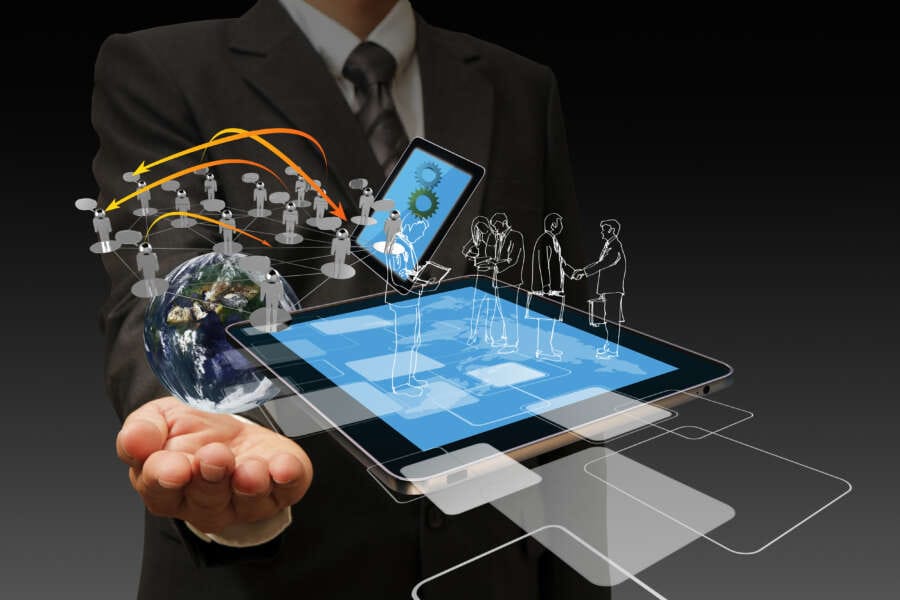
Injuries occur every day, particularly in areas of work. According to the Health and Safety Executive (HSE), 41,000 non-fatal injuries happen in the workplace every year in Scotland, and as such, it is important to figure out means of prevention and protection.
Here, we will explore the ways technology can help prevent injuries from occurring in the workplace, from ergonomic equipment to monitoring and prediction.
Workplace ergonomics
In Great Britain, musculoskeletal injuries accounted for almost 9 million days of lost work, with the average worker taking 18.4 days off for these disorders. With injuries varying from light pain to carpel tunnel syndrome and musculoskeletal problems, preventing injuries with efficiently ergonomic planning is important for the health and well-being of employees and employers alike.
Suzanne McGraw, Head of Personal Injury at Watermans Solicitors says: “Preventing injuries should be at the forefront for your employers. Your safety is the top priority, and as such, implementing technologies which can save you from unnecessary harm is crucial for a safe work environment.
“Ergonomics aren’t just about providing comfort, but these small changes in equipment can prevent you from developing severe pain and lasting injuries.”
Solutions such as posture-correcting chairs, safety training, and early detection can all help in the reduction of injury risk.
Wearable technology
With the new invention of the R-Link watch by Reactec, employers can monitor your safety while allowing the technology to actively prevent you from harm. Injuries in the workplace are high, particularly in industries such as construction in which over 5,000 non-fatal injuries occurred when workers were struck by a moving vehicle in 2021. Technology such as R-Link which can provide you with real-time notifications about unsafe work situations, as well as danger proximity, can prevent accidental collisions within the workplace – saving both fatal and non-fatal injuries occurring.
Monitoring strategies can also be used by you to track your health and well-being more effectively. Wearable technology can give you real-time feedback on your performance and the stressors within different industry sectors – from the physical strain of construction to increased stress levels during board meetings. By monitoring your stress levels, movement, and more, you can feedback to employers on the areas of work which cause unnecessary strain on your body and implement a strategy which can benefit both you and the company.
Injury prediction
Technology advancements can help in the early detection of risks. Employers can now use cameras and drones to assess tasks progress and safety. This is particularly helpful in the construction industry where outside sites can be difficult to maintain. This will also allow the employer to spot injury-causing potentialities quickly, which could cause a work accident such as a trip or collision.
Data modelling software and artificial intelligence can also be used to predict injuries which might impact your work. Whether this is predicting the rate at which someone might develop eye strain or scheduling hours to reduce in-office traffic and so prevent accidental collisions, artificial intelligence and data can work together to ensure your safety at work.
By collecting data such as near-miss reports and risk assessments, as well as data from wearable devices, your employers can better prevent injuries. By predicting potential strain injuries and musculoskeletal problems, you can implement work strategies which prevent deterioration. Working alongside your employers, you can use technology to create a discussion around personal safety in the workplace.
Ensuring your safety in the workplace starts with the prevention of injury, and with the range of technologies now available, both employers and employees can take responsibility for this. From monitoring stressors, early detection of injuries, and prediction models, it is imperative that workplaces are assessed for the safety of workers regularly.


